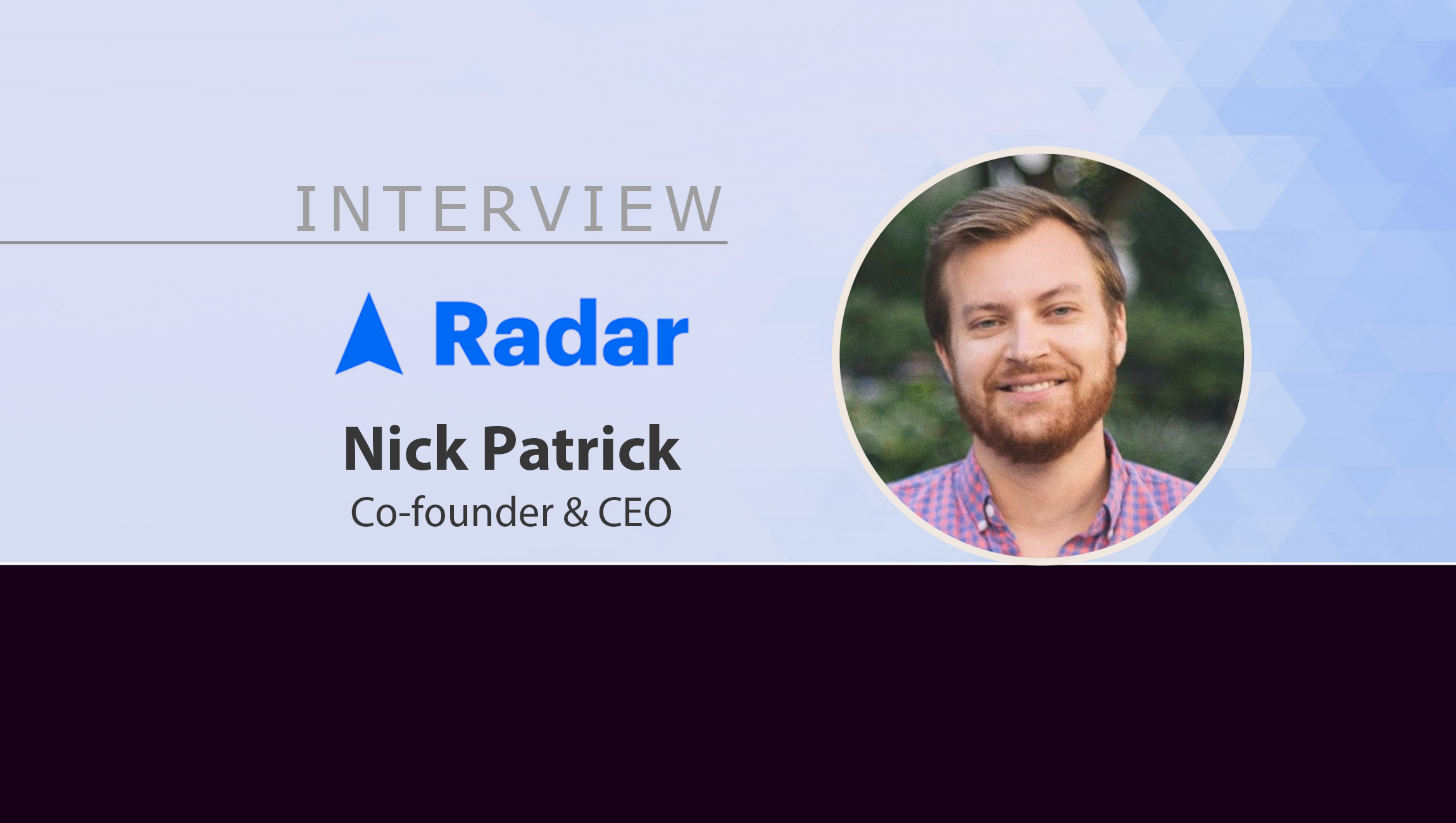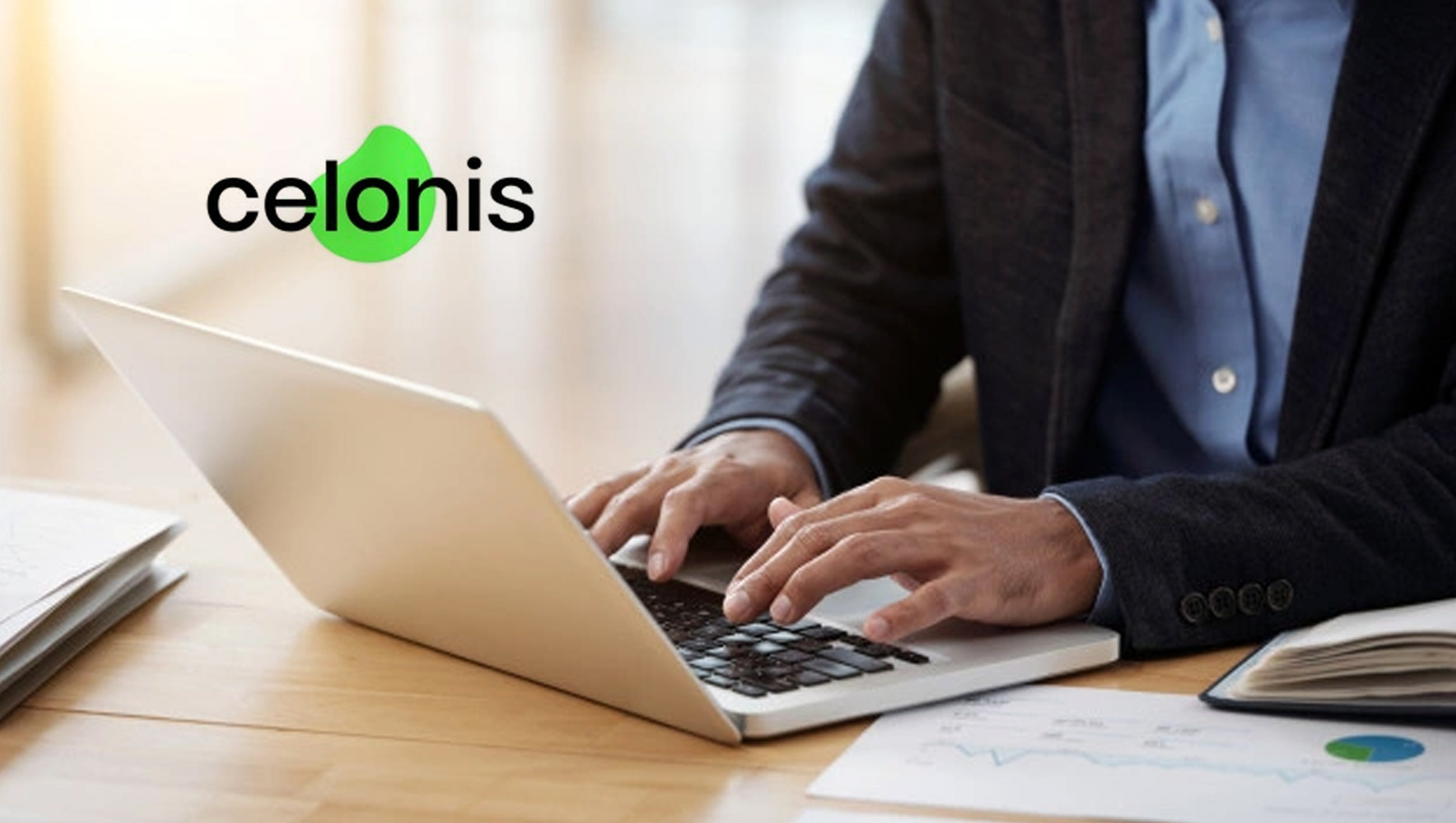Location data can be very useful in personalizing the overall buying and user experience, Nick Patrick, Co-founder & CEO of geofencing platform Radar shares a few thoughts in this chat:
______
Hi Nick, Welcome to this MarTech Series chat, tell us about Radar and how has the platform evolved since its inception?
Radar is a geofencing platform that helps leading brands easily integrate location services directly into their mobile applications. We enable leading brands such as T-Mobile, American Eagle Outfitters, Ibotta and Afterpay to deliver best-in-class customer experiences that drive increased revenue and loyalty. Radar also partners with other leading API companies such as Segment, Braze and Twilio to power more comprehensive solutions that can track location data, offer a 360-degree view of how customers interact with physical locations, send targeted notifications and more. These integrations ultimately create more seamless, personalized customer experiences.
My co-founder, Coby Berman, and I first became excited about the potential of location services while working at Foursquare. We were introduced to the many applications and experiences location services unlocked, but recognized that building them into apps is an incredibly difficult task for developers. When we realized that there was no existing solution for easily integrating location services into mobile apps, we set out to found Radar.
Radar is a developer- and privacy-first platform that enables more contextual customer experiences. We’ve maintained these pillars as the company has evolved over time to provide the best experience with the highest return for our customers. The pandemic was a turning point for us, placing a newfound importance on location services as consumer behavior and expectations shifted. Curbside and contactless pick-up, for example, become musts to serve customers safely and efficiently. Now, Radar is helping businesses bridge the digital and physical divide, as the world looks towards a post-pandemic future.
Marketing Technology News:MarTech Interview with Rachel Meranus, CMO at Transfix
In the B2B marketplace today, what are some of the strongest policies / fundamentals that can drive better customer experiences, in your view?
Today’s consumers are accustomed to fast, seamless and personalized service that enhances both digital and in-store experiences. An easy-to-use, complete native app is the first step in meeting these expectations and the wide variety of customer needs, from finding an out of stock item to unlocking in-store perks. In fact, a recent State of Mobile report found that mobile orders in the US grew by 105% in the past year, highlighting the importance of mobile in the COVID era and beyond. Meeting customers wherever they are—whether at home, on the go or in-store—is critical to success.
As order ahead, curbside pick-up and contactless delivery expanded during the pandemic, customers adjusted to an even higher level of convenience. Features like loyalty programs, drive thru options and trip-tracking quickly became key pillars of good customer experience. These fast and seamless applications not only foster better engagement and customer retention, but also improve in-store experiences.
In addition, customers now expect a wide variety of channels for engagement, from contactless or curbside pick-up to in-store service. They want the ability to choose how and when they get their service—and optionality empowers customers to take control of their own journey. Embedding these pillars into customer experience will enable brands to remain competitive in this rapidly-changing landscape.
Can you dive a bit deeper into the effects and impact of location data here? How will this grow in future, in your view?
For many years, location data was underutilized due to implementation challenges. Developers faced considerations like privacy regulations and iOS standards that created various roadblocks along the way. Yet, in recent years, it has become apparent that location data sits at the heart of best-in-class customer experiences. Leaders that leveraged location services surged ahead of the competition because they had the ability to personalize experiences, speed up services and remove friction throughout the customer journey. These early adopters saw massive returns in terms of revenue growth and customer loyalty. Many other players have since followed suit.
The pandemic further accelerated adoption, as many customer-first industries underwent massive transformation due to social distancing, shelter-in-place mandates and store closures. In tandem, consumer behaviors shifted as they sought new means to engage with brands in a safe and efficient manner. Businesses were forced to lean on location service more than ever before to provide the level of service consumers expected in a digital-first world.
While the world has started to open back up again, these new behaviors are here to stay—and location services now serve as the primary means to meet new customer expectations. In the coming year, we will continue to see companies lean on their mobile apps as a digital companion to their physical footprint, enabling the convenience and efficiency customers have come to expect.
As marketers today focus on enhancing the ‘’phygital’’ experience: what are some common challenges you see them face and what best practices would you share?
In today’s world, there is an undeniable divide between digital and physical experiences. Businesses must blend the two together and eliminate existing siloes. The first step is to rework the physical footprint to better align with how customers are engaging with brands in today’s world. Panera Bread is a great example of this; they have introduced next-gen restaurant designs that will feature double drive-thru lanes with one lane dedicated entirely to takeout customers, contactless dine-in and delivery, automatic loyalty program identification and digital menu kiosks. By developing a thoughtful hybrid model, Panera is able to preserve the advantages of in-store service, while offering the convenience of digital channels.
Ultimately, location services allow companies to bridge the physical and digital divide. As customers approach a store—and once they’re inside it—these features prompt the right digital experiences to supplement where the customer is, as they move through a physical location. For example, a customer who orders ahead will receive directions on their way, are met at the curb with their order upon arrival and receive a notification about loyalty points from their purchase as they leave the parking lot. To make this complicated process frictionless, businesses need a custom tech stack that can trigger each touchpoint. Today, third-party solutions are stepping up to make this vision a reality.
Marketing Technology News: MarTech Interview with Jason McClelland, CMO at Algolia
Take us through some of the most innovative ways in which B2B / B2C brands use location data today to drive their end user experience and customer journey?
There are three core areas where we’re seeing brands push the envelope with location data. The first is contextual messaging, which allows companies to customize experiences based on customer location. For example, brands can send specific directions after an order is placed, ping a customer in the area to encourage them to stop in and deliver rewards or loyalty points. Personalizing engagement based on location will put brands at the forefront of consumers’ minds when it comes time to decide where to spend their time and money.
Similarly, brands are leveraging location data to drive innovation across loyalty and rewards programs, including special offers for customers within a specific distance of the store or based on their previous order history. These programs build trust between brand and customer, while simultaneously driving increased app engagement.
Additionally, providing an easy hands-free pick-up experience is important for curbside and drive thru channels. Retailers and restaurants are pushing themselves to consistently have orders ready right when a customer arrives to reduce or eliminate wait time all together. For example, some restaurants have started to prompt returning customers with their usual order or send a personalized push notification of something they might also like, right when they arrive at the drive-thru menu. This personalized experience drives deeper customer relations with each interaction, all while driving increased revenue.
Some last thoughts and marketing / martech takeaways?
Our digital and physical worlds are colliding. Brands must find a way to combine the digital world with their physical locations to stay competitive or risk getting left behind. Companies that create mobile app experiences that complement in-store visits will encourage customers to continue engaging through new order options, seamless and safe pick-up and loyalty programs. We now have the technology to capitalize on those opportunities; those that take advantage and lead the charge will reap the benefits for years to come.
Marketing Technology News: MarTech Interview with Martin Wilson, Co-founder and Director at Bright
 Radar is a geofencing platform that helps product and growth teams deliver timely and relevant experiences.
Radar is a geofencing platform that helps product and growth teams deliver timely and relevant experiences.
Nick Patrick is the co-founder and CEO at Radar, where he oversees the ongoing development and market expansion of the company’s geofencing platform. Since Radar’s founding, Patrick has been building tools to help leading brands—T-Mobile, American Eagle Outfitters, Ibotta, Afterpay and others—seamlessly bridge the digital and physical worlds. Prior to founding Radar, he served as Senior Director of Product at Handy, Product Manager at Foursquare, and Program Manager at Microsoft. A life-long tech enthusiast, Patrick is also an angel investor in various SaaS, location, and developer tools. Patrick earned a BS in Computer Science from Duke University, and an MBA from Harvard Business School.
Missed The Latest Episode of The SalesStar Podcast? Have a quick listen here!
Episode 105: Biggest Sales Enablement Trends and Challenges with Mert Yentur, CEO and Founder at Pitcher AG
Episode 104: CMO Best Practices with Kevin Tate, Chief Marketing Officer at Clearbit
Episode 103: B2B Optimization And Engagement Strategies With Chris Tranquill, Chief Of Strategy At Khoros











